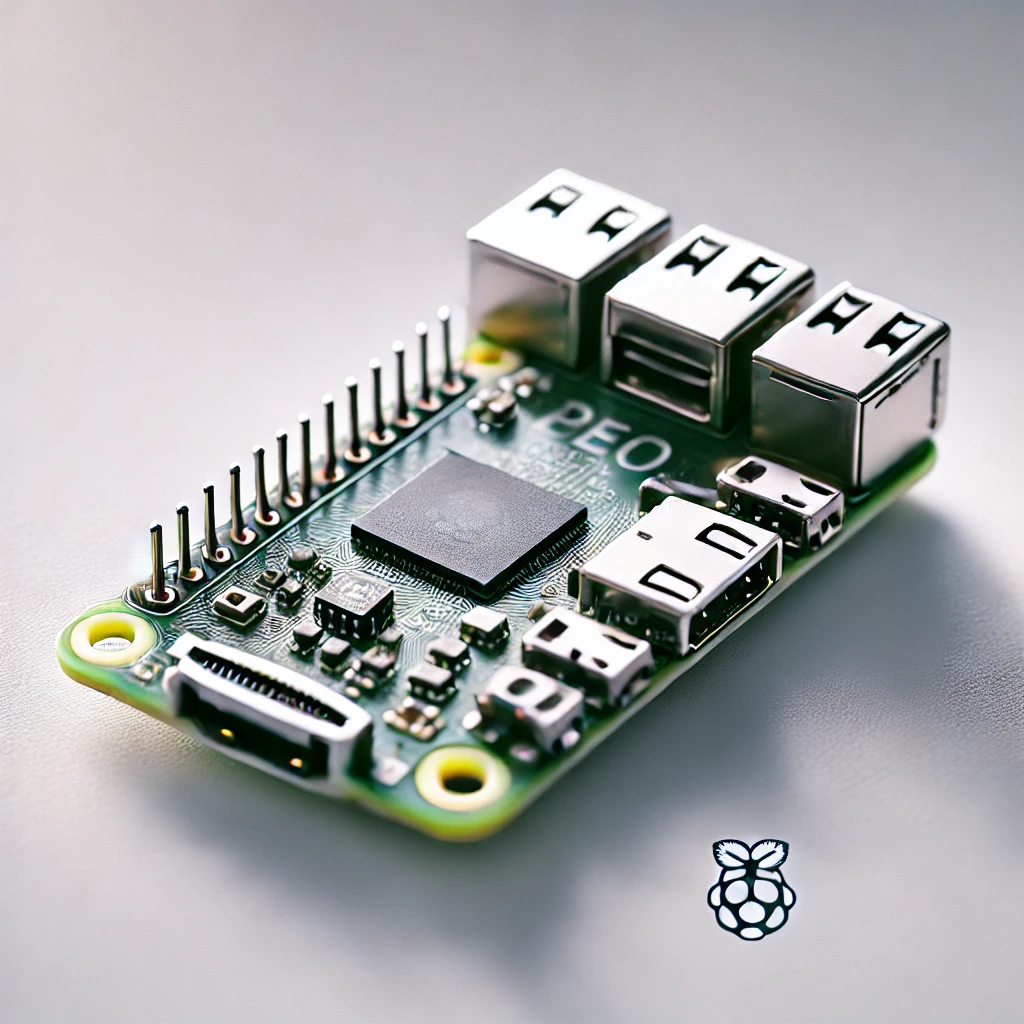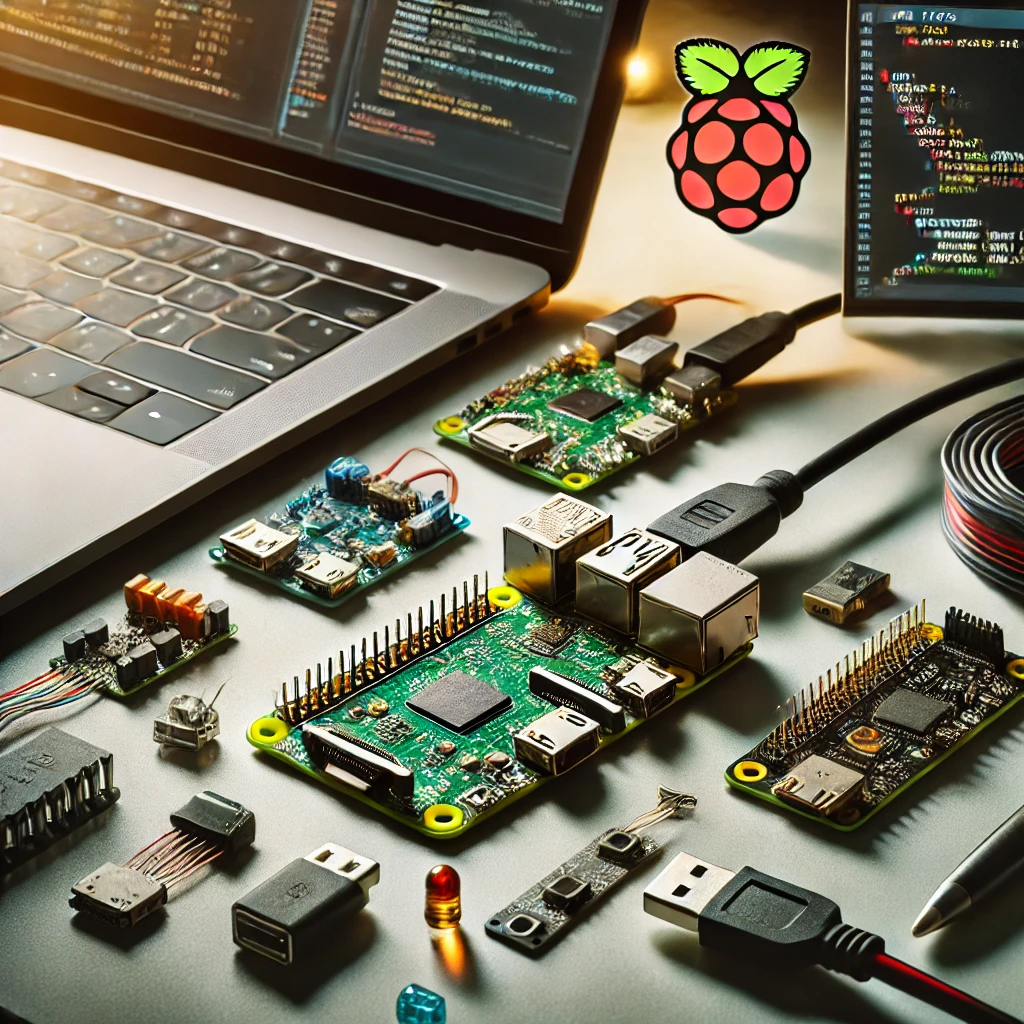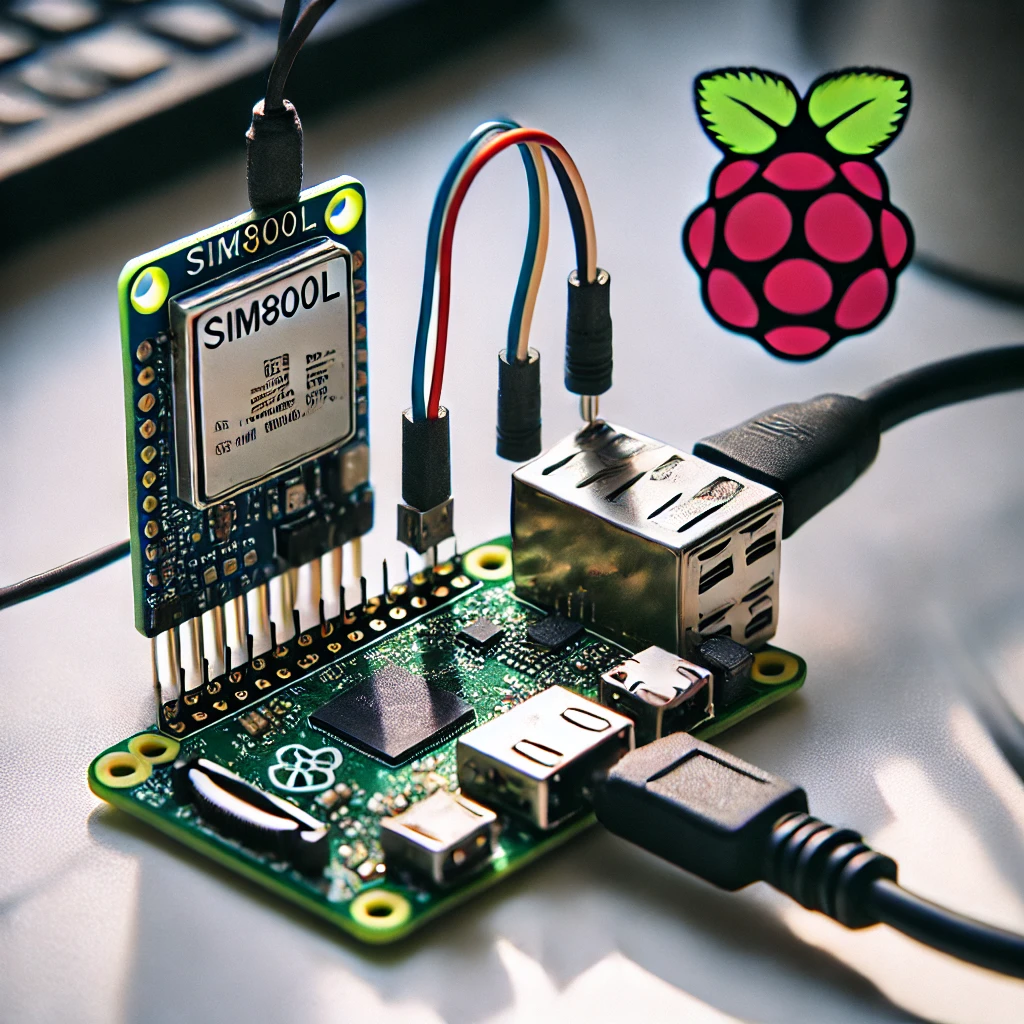The Raspberry Pi 5 is the most powerful and feature-rich version yet, and with a bit of work, you can install Windows on it. If you’re ready to turn your Pi into a fully functional mini-PC with the power of Windows, this guide will help you through the process.
Requirements
Before you start, ensure you have the following:
- A Raspberry Pi 5
- A microSD card (at least 16GB recommended)
- A power supply for the Pi
- A keyboard and mouse
- An HDMI display
- A Windows on Raspberry Pi (WoR) installer
Step 1: Download the Windows Image
Begin by downloading the Windows 10/11 ARM image from the Microsoft website. Make sure you choose the ARM version as Raspberry Pi uses this architecture.
Step 2: Prepare the microSD Card
Use software like Raspberry Pi Imager to format your microSD card. You can then write the Windows image onto the card using the WoR installer.
Step 3: Install Windows on Raspberry Pi 5
After prepping your microSD card, insert it into your Raspberry Pi 5. Connect all peripherals (keyboard, mouse, and display) and power on the Pi. Follow the on-screen instructions to complete the Windows installation.
Step 4: Setup and Optimization
Once Windows is installed, go through the usual setup process. To optimize performance on the Raspberry Pi 5, disable unnecessary services, and reduce visual effects.





